Selecting the Right Protein Foam Concentrate: Factors to Consider for Optimal Fire Suppression Performance
Ever wondered what makes a fire suppression system truly effective? Among the various agents available, protein foam concentrate stands out, especially for flammable liquid fires. But how do you choose the right one?
This complete guide will help you navigate the key factors for selecting the right protein foam concentrate to achieve optimal fire suppression performance. By considering fire class compatibility, concentrate type, and foam quality, you’ll be well-equipped to make an informed decision.
Ensuring maximum safety and efficiency in your fire suppression system starts with choosing the right protein foam concentrate.
Why Protein Foam?
Environmental Impact
One major perk of protein foam concentrates is their Eco-friendliness. Unlike some synthetic foams, protein-based foams are biodegradable and have a lower environmental footprint. This makes them a great pick for those who want to balance effectiveness with sustainability.
Long-lasting Foam Stability
Protein foams are celebrated for their stability and long-lasting foam blanket. This is crucial for sustained fire suppression, especially when there’s a risk of re-ignition. The durable foam layer ensures that the fire stays smothered for longer.
Key Factors to Consider When Selecting Protein Foam Concentrate
Selecting the right protein foam concentrate involves weighing several important factors. Let’s explore these to help you make an informed choice.
1. Fire Class Compatibility
Not all fires are the same, and different fires require different suppression agents. Make sure the protein foam concentrate you choose is compatible with the type of fire you’re likely to encounter. Protein foams are particularly effective against Class B fires (flammable liquids), but they can also work for Class A fires (ordinary combustibles) in some cases.
2. Concentrate Type
Protein foam concentrates come in various formulations designed for specific uses. Common types include regular protein foam (P), fluoroprotein foam (FP), and alcohol-resistant protein foam (ARP). Knowing the specific fire risks in your environment will help you choose the right type.
Regular Protein Foam (P)
This is the basic form suitable for general fire suppression. It provides a stable and durable foam blanket but might not work well against fires involving polar solvents or alcohol.
Fluoroprotein Foam (FP)
Enhanced with fluorinated surfactants, fluoroprotein foam offers better resistance to fuel pick-up and performs well on hydrocarbon fires, making it versatile for various industrial uses.
Alcohol-Resistant Protein Foam (ARP)
Alcohol-resistant protein foam is tailored for fires involving polar solvents like alcohol and ketones. It forms a polymeric layer to prevent the foam from breaking down, ensuring effective suppression.
3. Expansion Ratio
The expansion ratio indicates the volume of foam produced from a given volume of concentrate. Low-expansion foams (5:1 to 20:1) are dense and ideal for deep-seated fires, while high-expansion foams (200:1 to 1000:1) are lighter and good for quickly covering large areas. Choose a foam concentrate with the right expansion ratio for your specific fire scenarios.
4. Foam Quality and Drainage Time
High-quality foam should have good cohesiveness, stability, and heat resistance. Drainage time, or the time it takes for the foam to release water, affects how long the foam blanket remains effective. Longer drainage times are generally better for sustained suppression.
5. Storage and Shelf Life
Protein foam concentrates have a shelf life ranging from 10 to 25 years, completely depending on the formulation and storage conditions. Ensure the concentrate you select has a sufficient shelf life and that you have the proper storage facilities to maintain its effectiveness over time.
6. Environmental Regulations
Protein foams are more eco-friendly compared to synthetic alternatives. However, it’s still crucial to be aware of local environmental regulations and ensure the foam concentrate you select complies with these standards. Look for products certified by relevant environmental agencies.
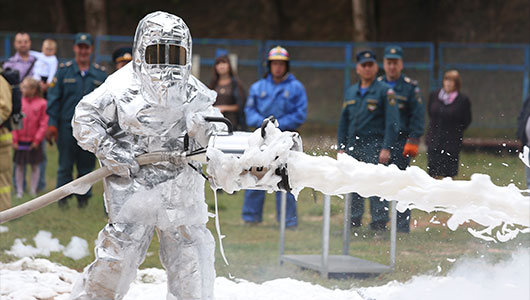
Application Scenarios for Protein Foam Concentrates
To further grasp the importance of choosing the right protein foam concentrate, let’s look at some common application scenarios.
1) Industrial Facilities
Places like chemical plants and refineries often deal with flammable liquids and gases. Here, fluoroprotein foam (FP) or alcohol-resistant protein foam (ARP) are preferred due to their enhanced performance on hydrocarbon fires and polar solvents.
2) Aircraft Hangars
In aircraft hangars, where aviation fuel poses unique fire risks, fluoroprotein foam is often the go-to because of its superior handling of these risks. Storage Tanks For large storage tanks holding flammable liquids, a low-expansion protein foam is perfect for deep-seated fire suppression. The stable foam blanket ensures the fire is smothered and prevents re-ignition.
3) Marine Applications
Marine environments present unique fire suppression challenges, including flammable liquid spills. Alcohol-resistant protein foam (ARP) is often the best choice due to its ability to handle polar solvents and maintain foam stability in water.
Tips for Optimal Fire Suppression Performance
Choosing the right protein foam concentrate is just the beginning. Here are some tips to ensure you get the best fire suppression performance:
1. Regular Testing and Maintenance
Regularly test and maintain your foam concentrate to keep it effective. This includes checking foam quality, expansion ratio, and drainage time. Routine inspections help identify issues before they affect fire suppression performance.
2. Proper Training
Ensure all fire suppression personnel are properly trained in using protein foam concentrates. This includes understanding application techniques, foam proportioning, and safety protocols. Proper training maximizes fire suppression effectiveness.
3. Compatibility with Equipment
Make sure the protein foam concentrate you choose works with your existing fire suppression equipment, including foam proportions, nozzles, and storage tanks. Incompatible equipment can reduce foam effectiveness and compromise fire suppression.
4. Adapting to Changing Conditions
Fire risks and environmental conditions change over time. Regularly reassess your fire suppression needs and adjust your choice of foam concentrate accordingly. This might involve switching to a different type of concentrate or upgrading equipment.
Conclusion
Selecting the right protein foam concentrate is crucial for ensuring optimal fire suppression performance. By considering factors like fire class compatibility, concentrate type, expansion ratio, foam quality, and environmental regulations, you can make an informed option that suits your needs. Remember to regularly test and maintain your foam concentrate, train your personnel properly, and ensure compatibility with your equipment to maximize fire suppression effectiveness.
Protein foam concentrates offer a reliable and Eco-friendly solution for fighting flammable liquid fires. Understanding the various types and their applications helps you choose the right concentrate and ensure safety for your facility and personnel. Don’t skimp on fire safety – invest in the right protein foam concentrate and be ready for any fire emergency.
In the end, your goal is a fire suppression system that’s not only effective but also sustainable and compliant with regulations. With the right protein foam concentrate, you’ll be prepared to handle fire emergencies confidently and with peace of mind.
Key Takeaways:
- Protein foam concentrate is an effective fire suppression agent derived from natural proteins.
- Consider fire class compatibility, concentrate type, expansion ratio, foam quality, storage, and environmental regulations when selecting a protein foam concentrate.
- Regular testing, proper training, equipment compatibility, and adapting to changing conditions are crucial for optimal fire suppression performance.
- Different types of protein foam concentrates—regular protein foam (P), fluoroprotein foam (FP), and alcohol-resistant protein foam (ARP) — are suited for specific applications.
- Ensure your fire suppression system is sustainable, compliant, and effective with the right protein foam concentrate.
By focusing on all these aspects, you can enhance the safety and effectiveness of your fire suppression system, providing better protection for your facility and personnel.
Read More Articles:
CO2 Fire Suppression System vs Clean Agent fire Suppression
The Top 5 Places Where Fire Suppression Systems are a Must
Difference Between Fire Suppression System and Fire Sprinkler
Related Articles
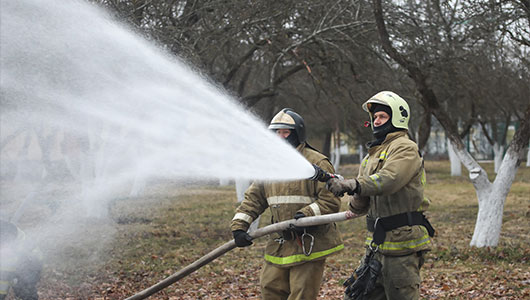
AR-AFFF Foam: Find the Right Formula for Your Needs
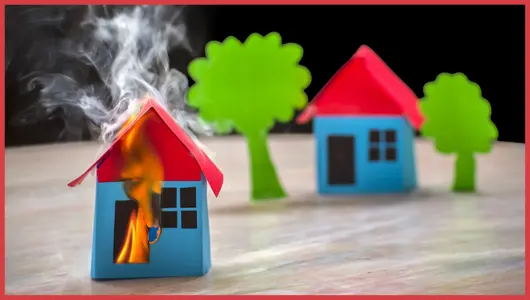
AFFF Foam: Your Essential Guide to Fire Safety

Why ECOFOAM is the Future of Environmentally Friendly Firefighting

Foam Concentrates: Sustainable Solutions for Environmentally Conscious Fire Protection

The Right Foam for Every Fire: Synthetic Concentrates for Varied Hazards & Environments

Expansion Foam Concentrate: The Ultimate Solution for Controlling Flammable Liquid Fires
Stop Fire in Its Tracks: Protein Foam's Versatility Across Hazards & Environments

Fluorine-Free Foam (ECOFOAM): Next-Generation Fire Suppression Solutions for Modern Challenges
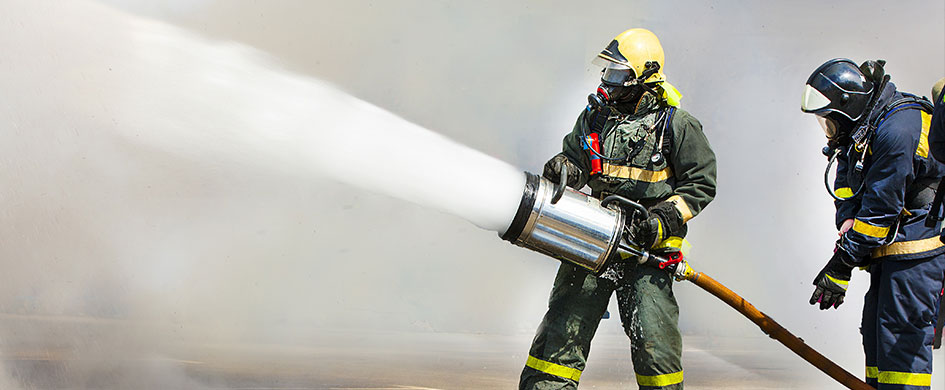
Future of Firefighting is Here: Top Trends in Foam Concentrate Technology Explained

Synthetic Foam Concentrates: The Science Behind Superior Fire Control

Expansion Foam Concentrate: The Game Changer for Fighting Large Fires
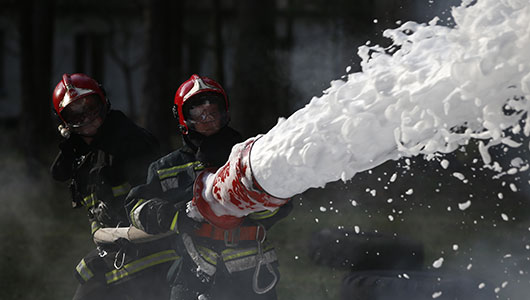
Protein Foam 101: How It Works to Fight Fires
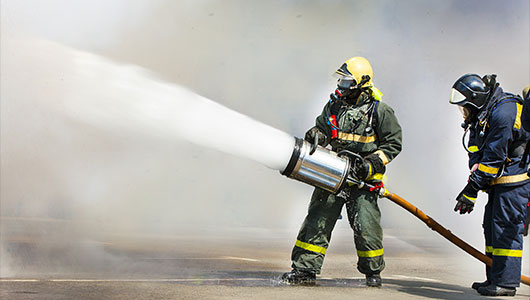
Advantages of Advanced AR-AFFF Foam Technology - Fire Protection Ultimate Guide 2024

AFFF Fire Suppression: Applications & Benefits for Enhanced Safety

Foam Concentrates vs Traditional Fire Extinguishers: Which is More Effective?

Fight Fires Eco-Friendly: Rise & Future of Fluorine-Free Foam (ECOFOAM)

Synthetic Foam Concentrates: Advancing Fire Suppression with Cutting-Edge Technology

Expand Your Fire Safety Arsenal: Exploring the Versatility of Expansion Foam Concentrate
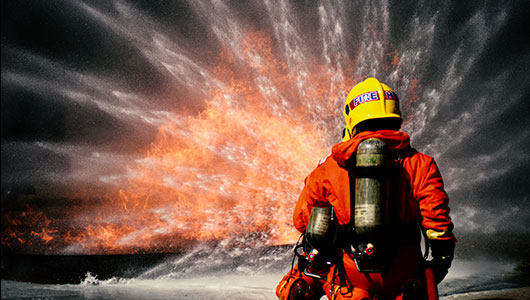
Protein Foam Concentrates: Harnessing Nature's Power for Effective Fire Suppression | Guide 2024
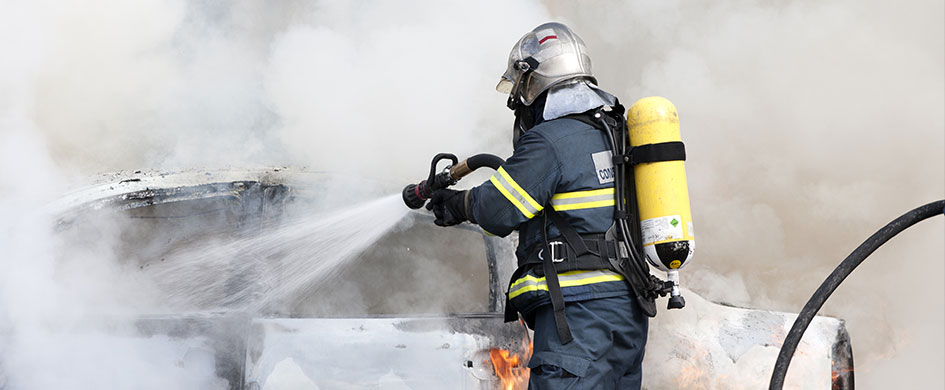
Advanced AR-AFFF Foam: The Cutting-Edge Solution for Superior Fire Suppression Performance
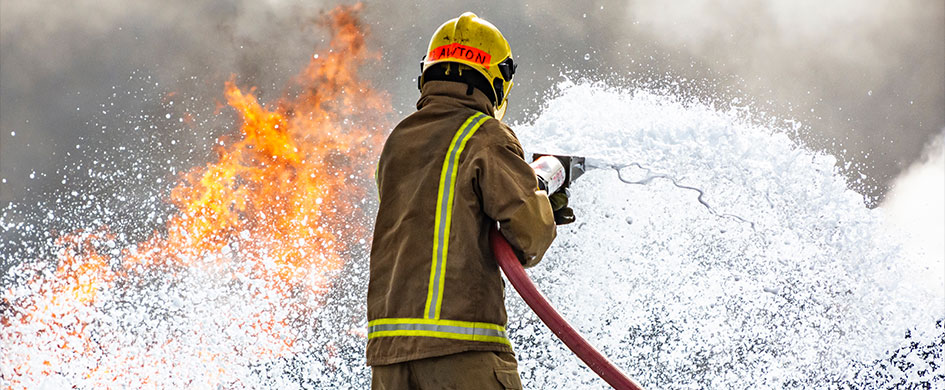
Understanding AFFF Role in Rapid Fire Suppression

The Rise of Eco-Friendly Fire Suppression: Exploring Fluorine Free Foam (ECOFOAM) Solutions

Foam Concentrates: The Ultimate Guide(2024) to Effective Fire Suppression
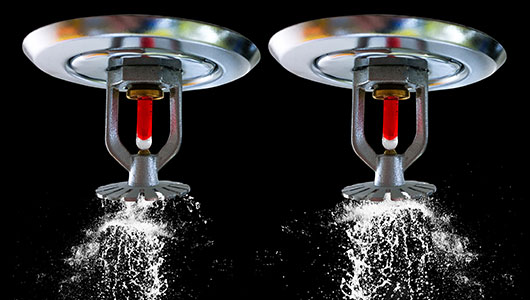
Choosing the Right Fire Sprinkler System for Your Commercial Property
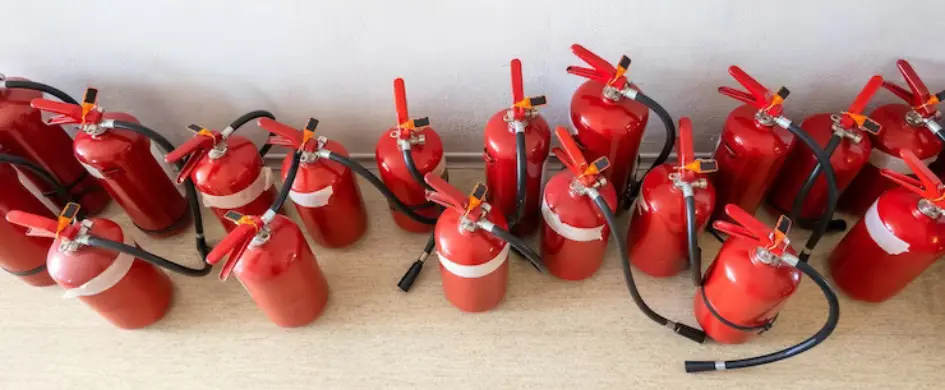
Emergency Evacuation Planning: Steps to Ensure Workplace Safety

The Ultimate Guide to Fire Extinguishers: Types, Uses, and Maintenance
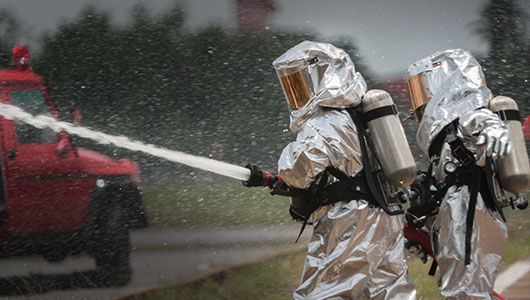
The Role of Personal Protective Equipment (PPE) in Firefighting
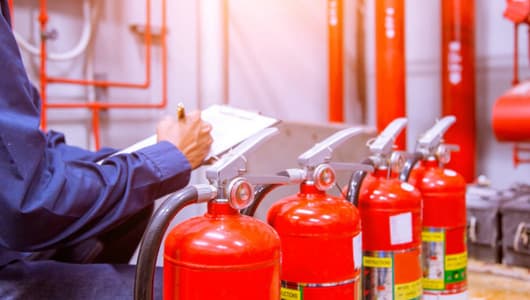
Keeping Your Business Safe: A Comprehensive Guide to Fire Risk Assessments
Protecting Your Electrical Equipment: The Importance of a Fire Suppression System for Electrical Panels
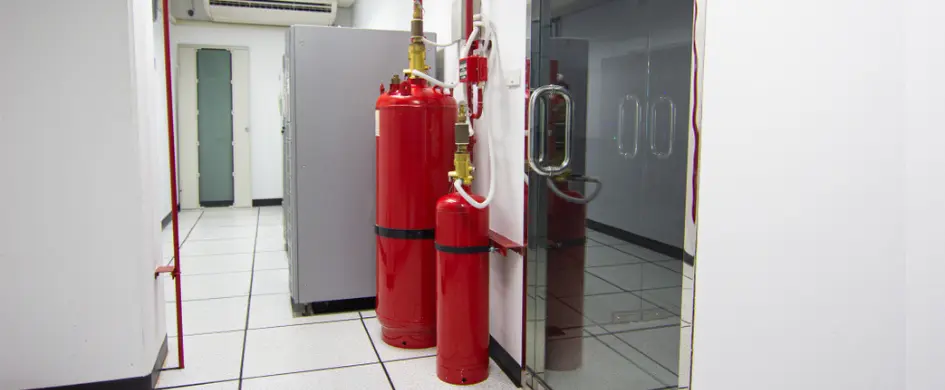
Protect Your Data Center with a Reliable Fire Suppression System

How to choose a water mist fire extinguisher
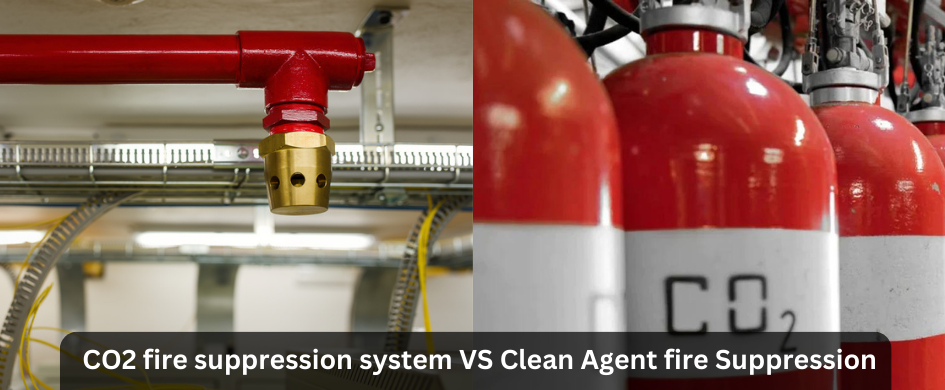
CO2 Fire Suppression System vs Clean Agent fire Suppression
Ensuring Safety in the Factory: Choosing the Right Fire Fighting Equipment
The Top 5 Places Where Fire Suppression Systems are a Must

How to Choose the Right Fire Safety Equipment for Factories
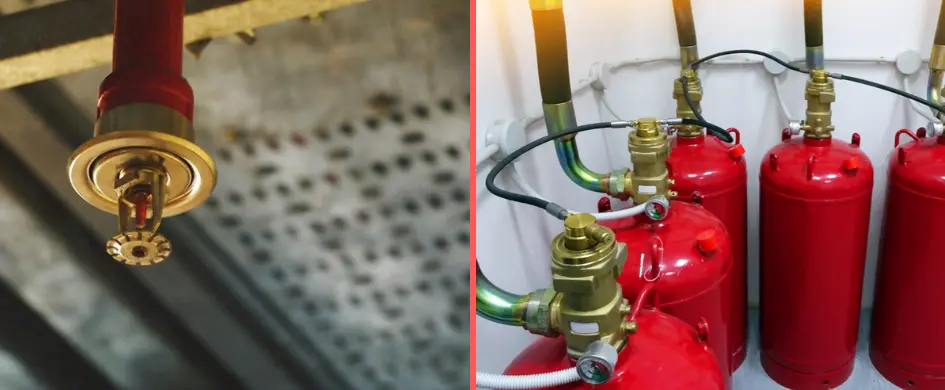
Difference Between Fire Suppression System and Fire Sprinkler
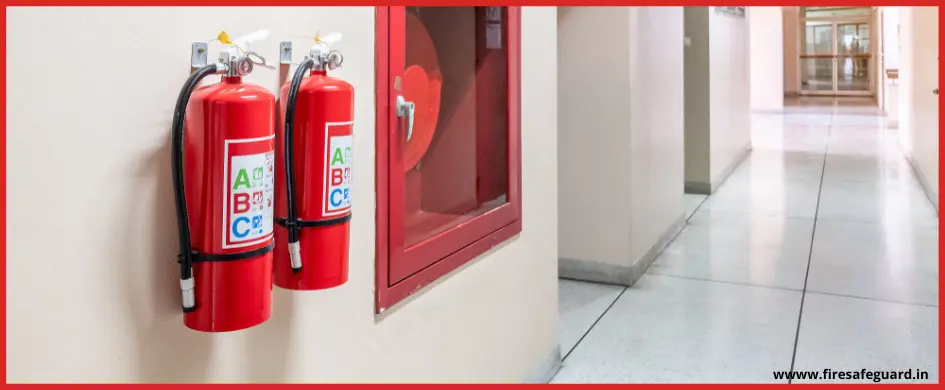
Ultimate Fire Extinguisher Buying Guide for Business owners
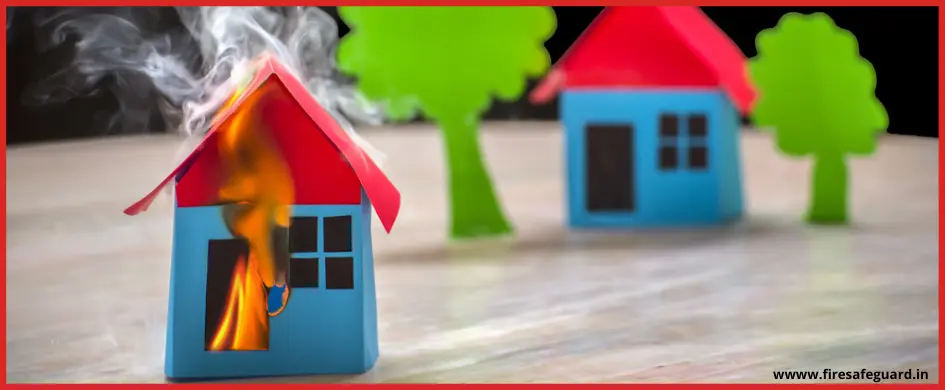
Known and Unknown Facts about Fire Everyone Should Know
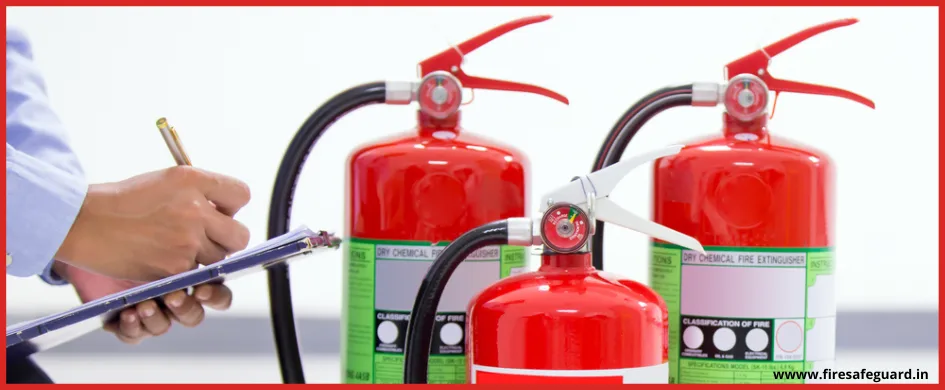
Everything you need to know about Water Type Extinguisher

What is a Clean Agent Fire Extinguisher ? Detailed Guide 2024
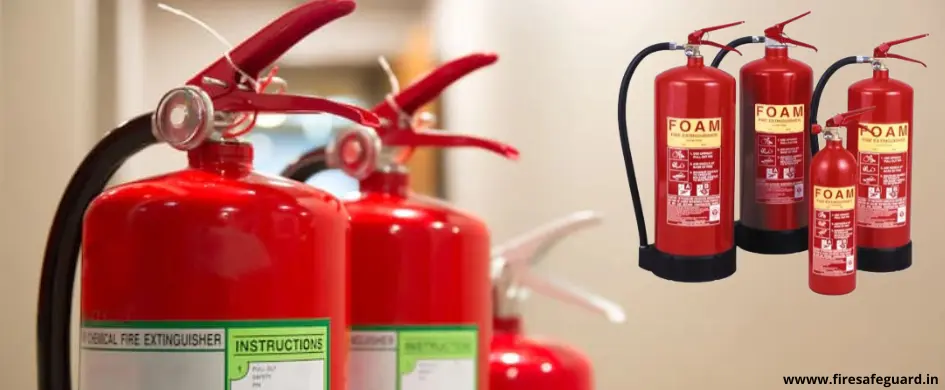
Everything You Need to Know About Foam-Type Fire Extinguishers
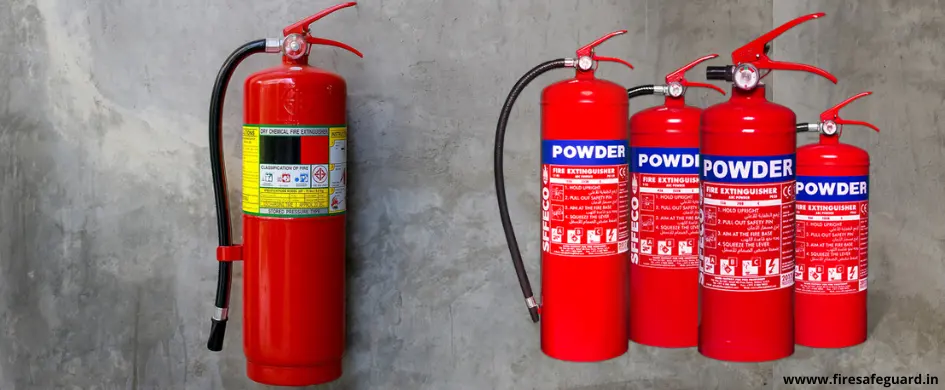
Everything You Need to Know about Dry Chemical Fire Extinguishers - Detailed Guide 2024

Top Fire Extinguisher Manufacturers in India


